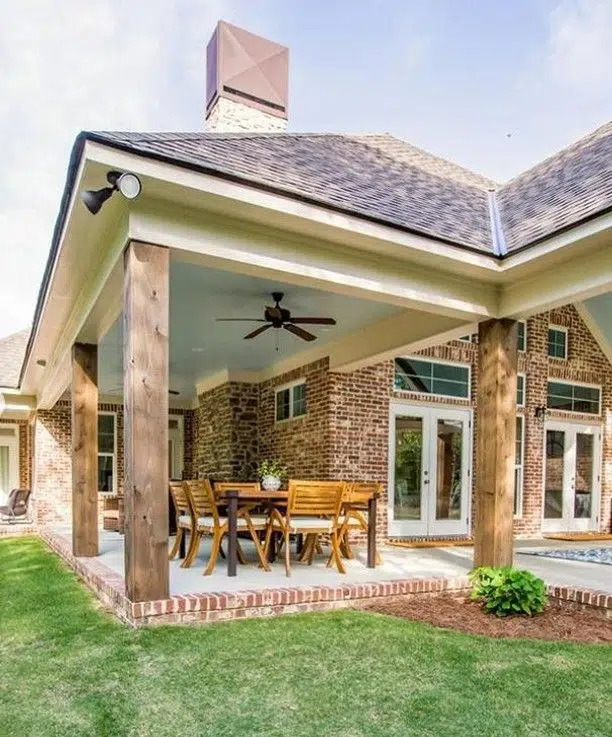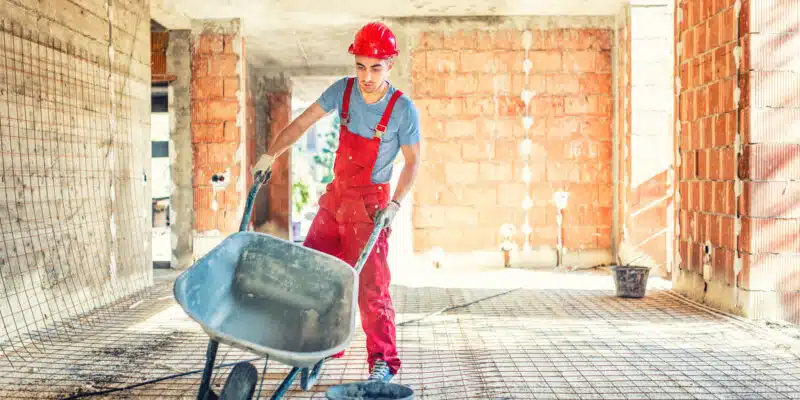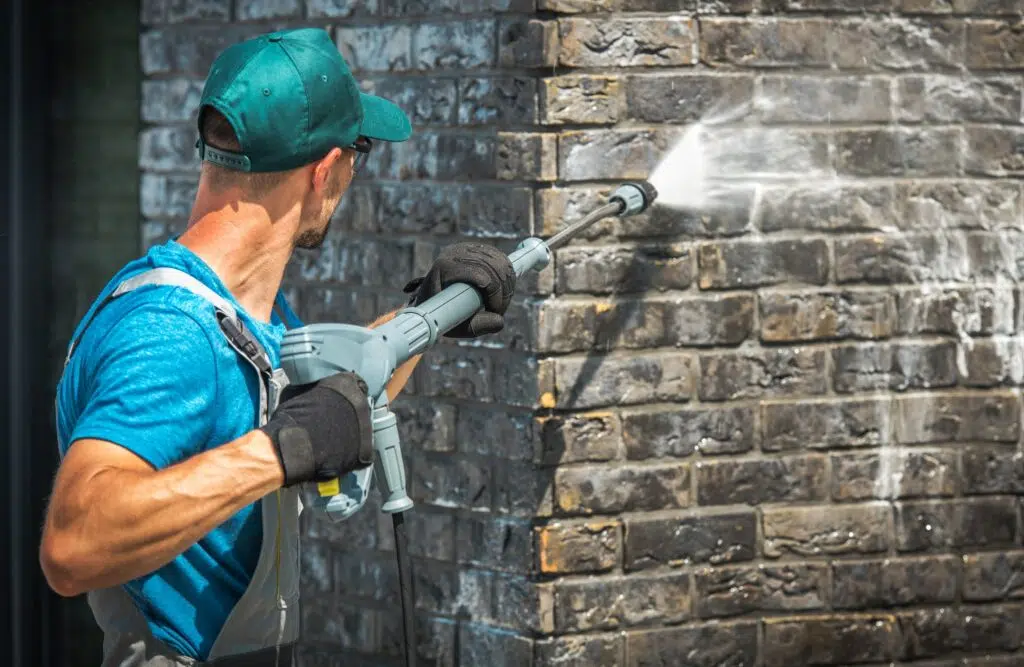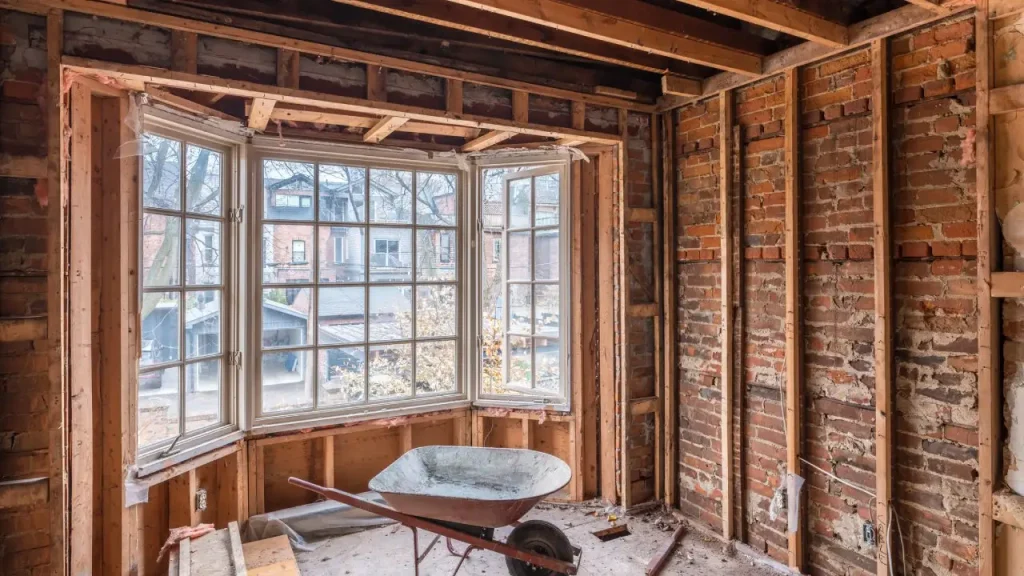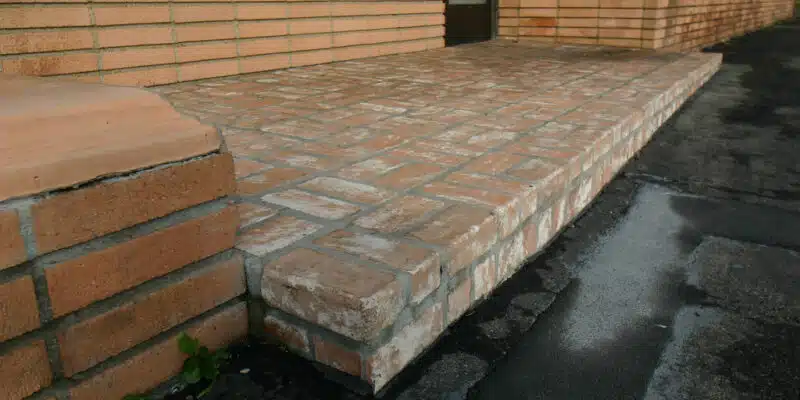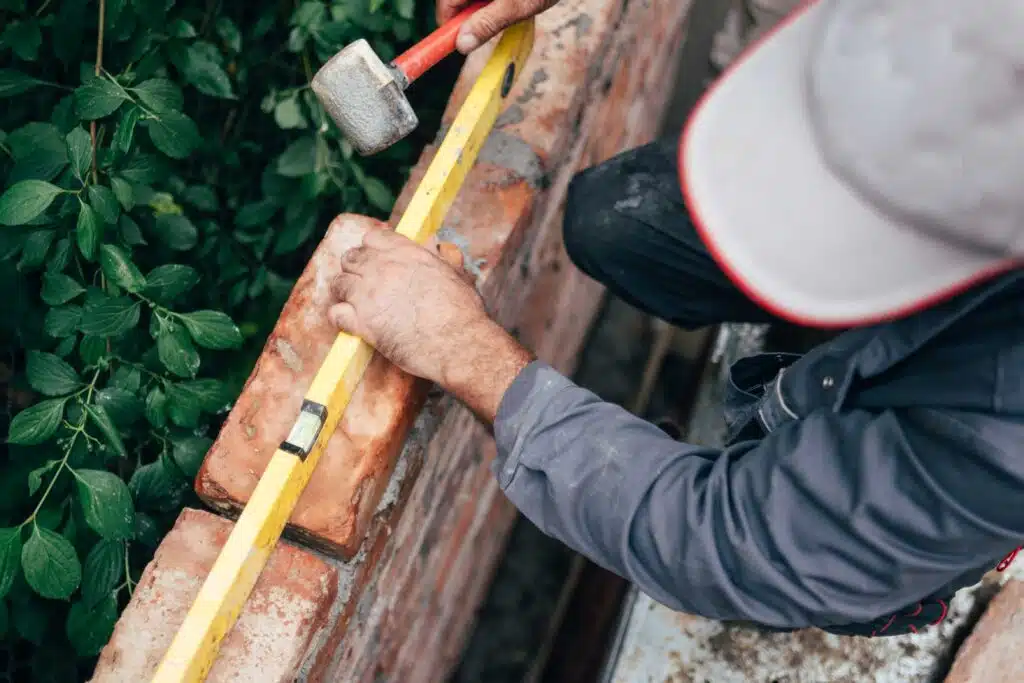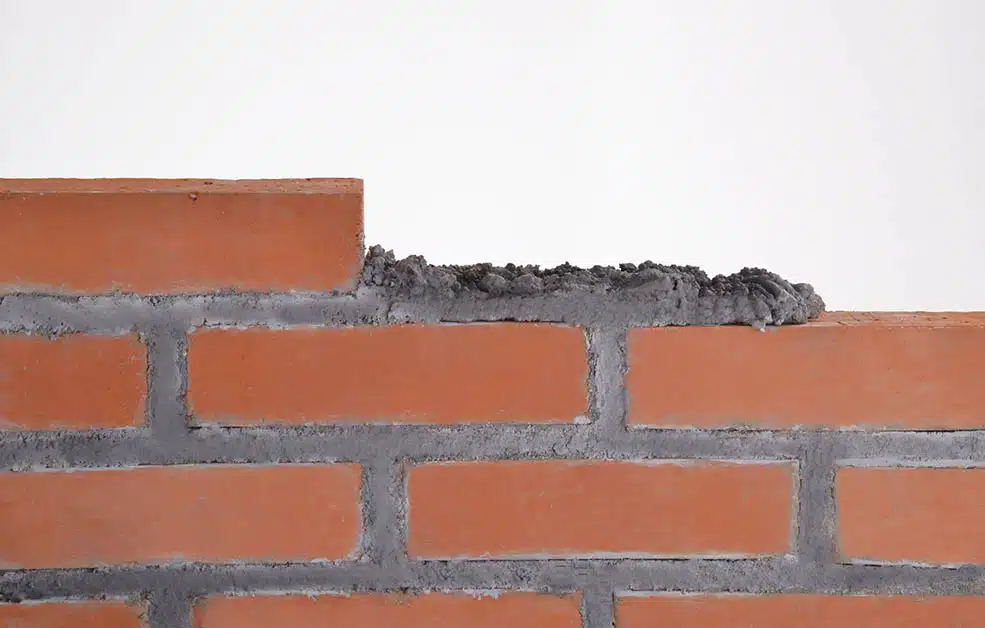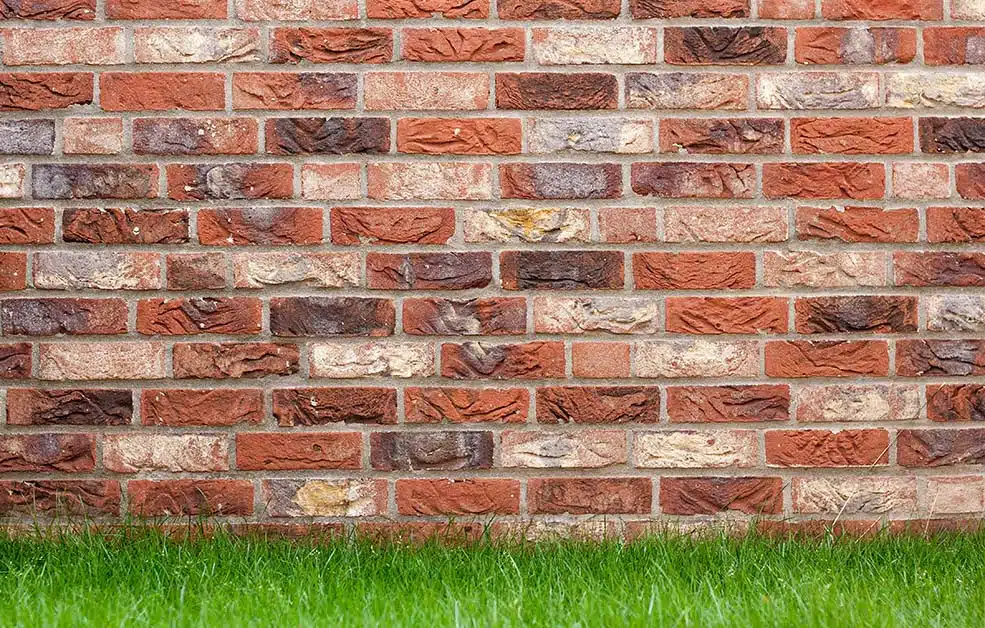Commercial masonry services play a crucial role in the construction, maintenance, and aesthetics of businesses across Ontario. Whether you’re planning a new build, restoring a historic structure, or maintaining your current property, understanding the ins and outs of commercial masonry is essential. This comprehensive guide will walk you through everything you need to know about commercial masonry services, from types of projects to choosing the right contractor, with a focus on Ontario businesses.
1. Introduction to Commercial Masonry Services
1.1 Definition and importance
Commercial masonry services encompass a wide range of construction and maintenance activities involving brick, stone, and concrete materials for business properties. These services are vital for ensuring the structural integrity, safety, and aesthetic appeal of commercial buildings. In Ontario’s diverse climate, quality masonry work is particularly important for withstanding harsh weather conditions and maintaining property value.
1.2 Types of commercial masonry projects
Commercial masonry projects can vary widely, including:
- Office buildings and corporate headquarters
- Retail stores and shopping centers
- Hotels and hospitality structures
- Educational institutions
- Healthcare facilities
- Industrial and manufacturing buildings
- Historical restorations
2. Common Commercial Masonry Services
2.1 New construction
New construction projects involve building from the ground up, incorporating masonry elements into the design and structure of a commercial property. This can include foundations, walls, facades, and decorative elements.
2.2 Restoration and repair
Restoration and repair services focus on fixing damaged masonry or restoring older buildings to their former glory. This may involve repointing mortar joints, replacing damaged bricks or stones, or addressing structural issues.
2.3 Waterproofing
Waterproofing is crucial for protecting masonry structures from moisture damage. This service involves applying sealants, installing drainage systems, and implementing other measures to prevent water infiltration.
2.4 Facade maintenance
Regular facade maintenance helps preserve the appearance and integrity of a building’s exterior. This can include cleaning, sealing, and minor repairs to keep the masonry looking its best.
2.5 Custom stonework and brickwork
Custom masonry work allows businesses to create unique, eye-catching designs that enhance their brand and property value. This can include decorative elements, signage, or specialized patterns in brick or stone.
3. Benefits of Professional Commercial Masonry Services
3.1 Structural integrity and safety
Professional masonry services ensure that your building’s structure is sound and safe. Properly constructed and maintained masonry can withstand heavy loads, resist fire, and provide long-lasting durability.
3.2 Aesthetic appeal and property value
High-quality masonry work enhances the visual appeal of your property, potentially increasing its value. Well-maintained brick and stone facades create a positive impression on customers and clients.
3.3 Energy efficiency
Masonry materials like brick and stone provide excellent insulation, helping to regulate indoor temperatures and reduce energy costs. Proper installation and maintenance can further improve your building’s energy efficiency.
3.4 Long-term cost savings
Investing in professional masonry services can lead to significant long-term savings. Quality workmanship and materials require less frequent repairs and replacements, reducing maintenance costs over time.
4. Choosing the Right Commercial Masonry Contractor
4.1 Qualifications and certifications
When selecting a masonry contractor, look for relevant qualifications and certifications. In Ontario, reputable contractors should be licensed by the Ontario College of Trades and may hold additional certifications from organizations like the Canadian Masonry Contractors Association (CMCA).
4.2 Experience and portfolio
Review the contractor’s experience and portfolio of completed projects. Look for examples similar to your needs and assess the quality of their work. Don’t hesitate to ask for references from past commercial clients.
4.3 Insurance and warranties
Ensure that the contractor carries adequate insurance, including liability coverage and workers’ compensation. Ask about warranties on materials and workmanship to protect your investment.
4.4 Customer reviews and testimonials
Research online reviews and ask for testimonials from previous clients. This can provide valuable insights into the contractor’s reliability, communication, and quality of work.
5. The Commercial Masonry Process
5.1 Initial consultation and assessment
The process typically begins with a thorough site assessment and consultation to understand your needs, budget, and project scope. The contractor should provide a detailed proposal and cost estimate.
5.2 Project planning and design
Once you’ve agreed on the scope, the contractor will develop a detailed project plan, including timelines, material requirements, and any necessary permits or approvals.
5.3 Material selection
Choosing the right materials is crucial for the success of your project. Your contractor should guide you through options that balance aesthetics, durability, and cost-effectiveness.
5.4 Execution and quality control
During the construction or repair process, professional contractors will adhere to strict quality control measures to ensure the work meets or exceeds industry standards.
5.5 Final inspection and maintenance recommendations
Upon completion, a thorough inspection should be conducted to ensure all work meets specifications. The contractor should also provide maintenance recommendations to help preserve your masonry investment.
6. Commercial Masonry Materials and Techniques
6.1 Brick and stone options
Ontario businesses have a wide array of brick and stone options, including:
- Clay bricks
- Concrete blocks
- Natural stone (e.g., limestone, granite, sandstone)
- Manufactured stone veneer
- Glass blocks
6.2 Mortar types and applications
Different mortar types are used depending on the project requirements and environmental conditions. Common options include:
- Type N: General-purpose mortar for above-grade use
- Type S: High-strength mortar for below-grade applications
- Type M: Extra high-strength mortar for heavy loads
- Type O: Low-strength mortar for interior applications
6.3 Modern masonry technologies
Advancements in masonry technology have introduced innovative solutions such as:
- Self-cleaning bricks
- Insulated concrete forms (ICFs)
- Advanced anchoring systems
- Computer-aided design and modeling for precision planning
7. Maintaining Commercial Masonry Structures
7.1 Regular inspections
Schedule annual inspections to identify and address potential issues early. Pay special attention to areas prone to water damage or stress.
7.2 Cleaning and sealing
Regular cleaning and sealing help protect masonry from environmental damage and maintain its appearance. Use appropriate cleaning methods and sealants for your specific masonry type.
7.3 Addressing common issues
Be proactive in addressing common masonry problems such as:
- Efflorescence (white, powdery deposits)
- Cracking or spalling
- Mortar joint deterioration
- Water infiltration
8. Commercial Masonry Regulations and Standards in Ontario
8.1 Building codes and permits
Ensure your masonry project complies with the Ontario Building Code and local municipal regulations. Obtain necessary permits before beginning any work.
8.2 Safety regulations
Adhere to safety standards set by the Ontario Ministry of Labour, including proper scaffolding, personal protective equipment, and work site safety protocols.
8.3 Industry associations and certifications
Look for contractors affiliated with reputable industry associations such as:
- Canadian Masonry Contractors Association (CMCA)
- Ontario Masonry Contractors’ Association (OMCA)
- Masonry Institute of Ontario (MIO)
9. Conclusion: Investing in Quality Commercial Masonry Services
Investing in professional commercial masonry services is crucial for Ontario businesses looking to build, maintain, or restore their properties. By understanding the types of services available, the benefits of quality masonry work, and how to choose the right contractor, you can make informed decisions that will protect and enhance your commercial property for years to come.
Remember that regular maintenance and timely repairs are key to preserving your masonry investment. By partnering with a reputable masonry contractor and staying proactive about your property’s needs, you can ensure that your commercial building remains structurally sound, visually appealing, and energy-efficient in Ontario’s demanding climate.
Whether you’re planning a new construction project, restoring a historic building, or simply maintaining your current property, professional masonry services are an invaluable resource for Ontario businesses. Take the time to research your options, consult with experts, and invest in quality workmanship to reap the long-term benefits of exceptional commercial masonry.
\n\n\n
error: No faq


